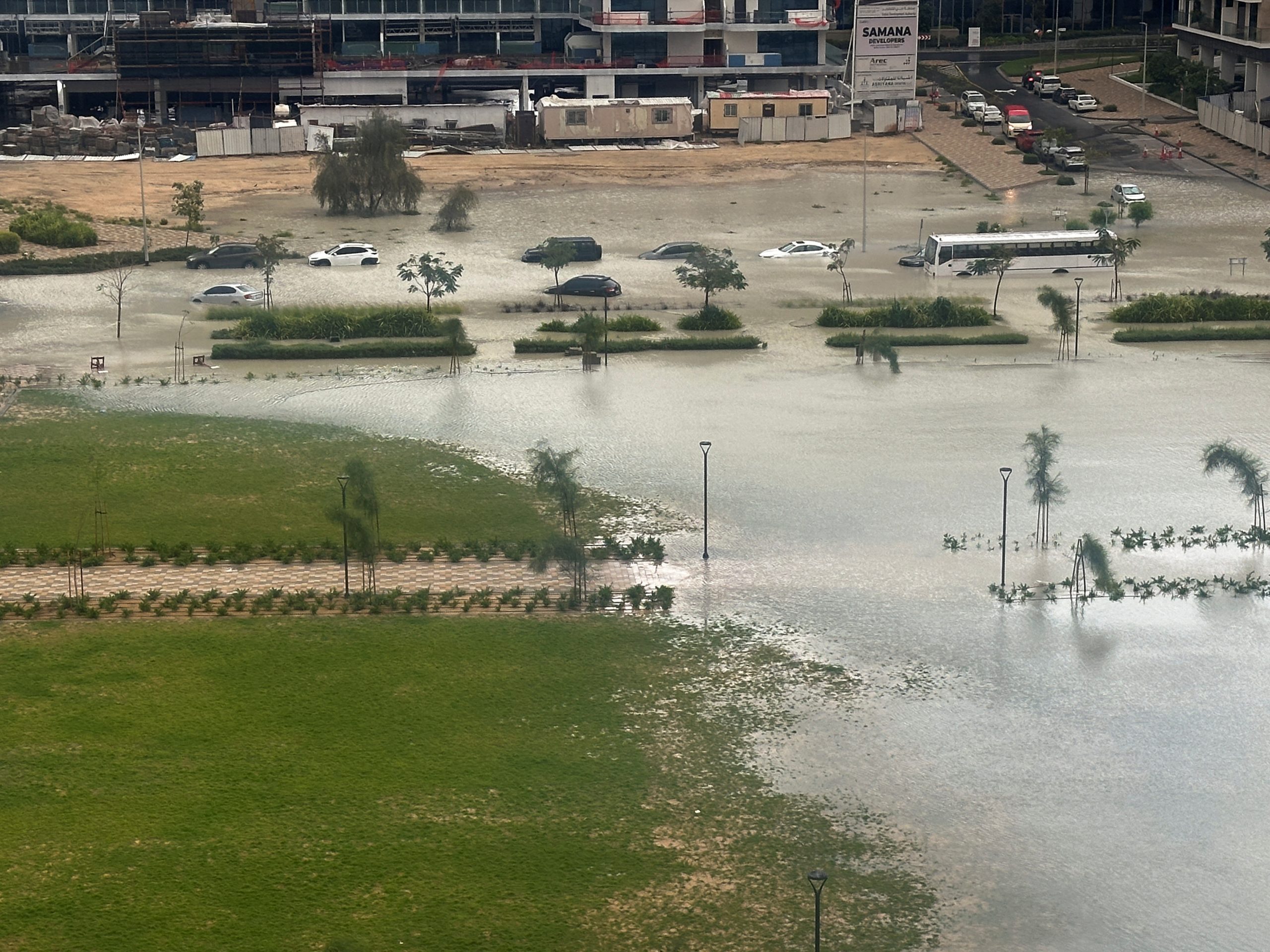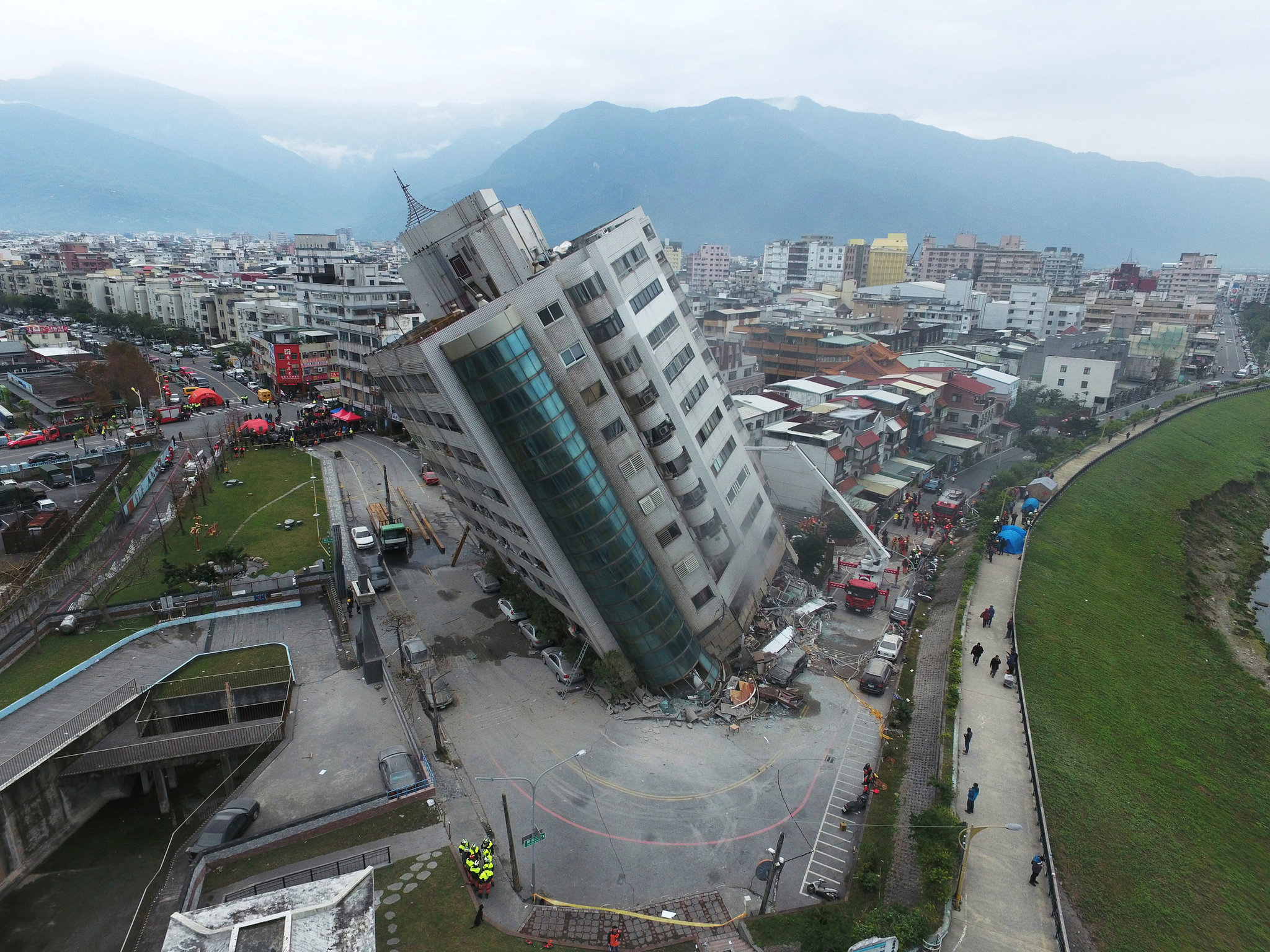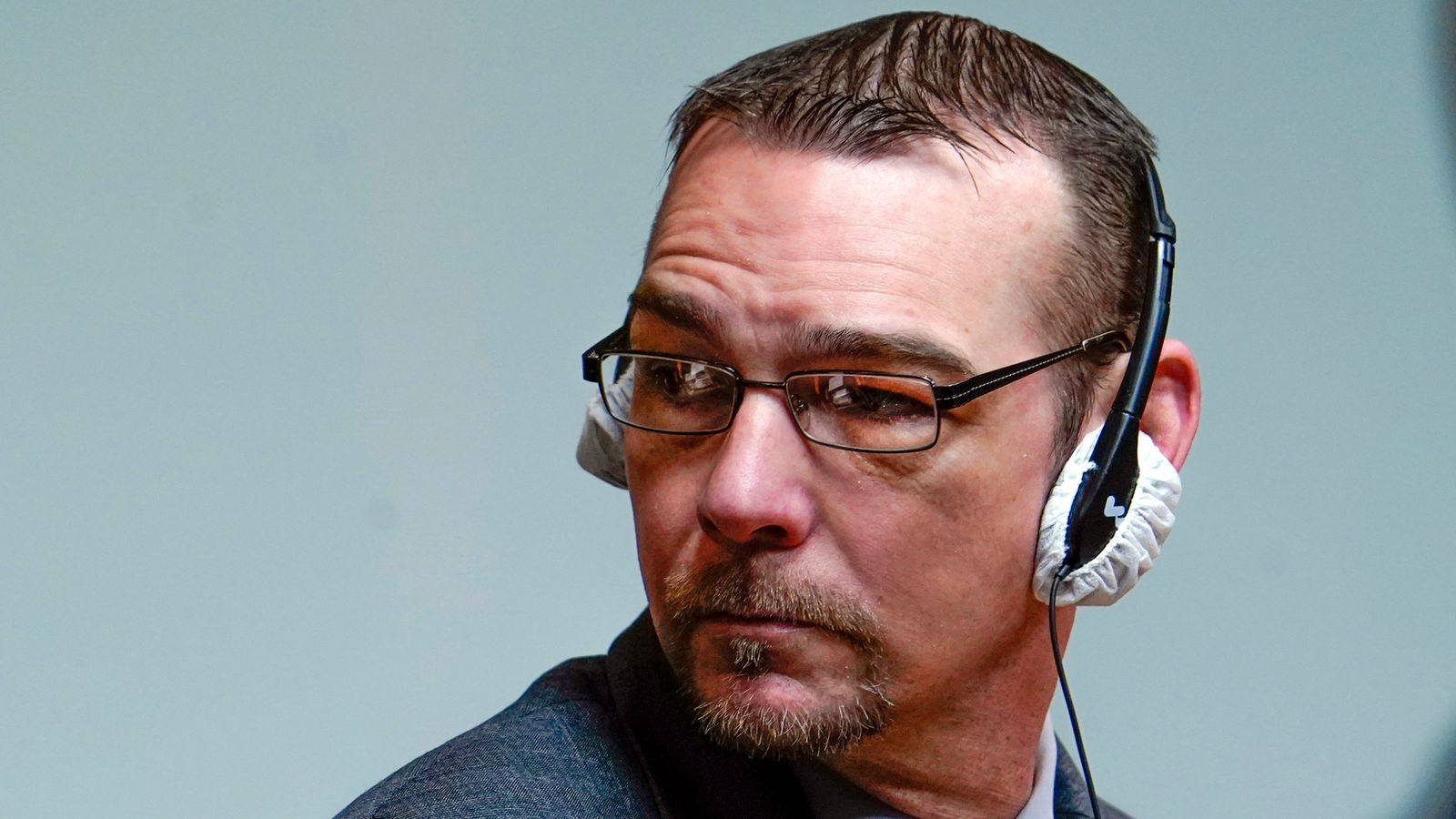Diaspora News
Chief Mangosuthu Buthelezi: The man who divided South Africa

Chief Mangosuthu Buthelezi, who has died aged 95, was a towering figure in South African politics, hailed as an “outstanding leader” by President Cyril Ramaphosa.
During apartheid, he was the chief minister of the KwaZulu Bantustan: a semi-independent territory allocated to the Zulu people by the country’s white supremacist government.
His administration was widely seen as a puppet regime: dependent on the South African state for power, intolerant of political opposition and dominated by Inkatha – the party he founded in 1975.
He found common cause with the African National Congress (ANC) in the struggle against apartheid and campaigned for the release of Nelson Mandela.
But he opposed the ANC’s stance on armed action and international sanctions, arguing that they harmed black South Africans.
During the transition to multi-party democracy, Buthelezi feared the erosion of his power. He demanded a more federal system of government, with guarantees that the status of traditional Zulu leaders would be respected.
The ANC disagreed, and as many as 12,000 died in violent clashes between Inkatha and Nelson Mandela’s supporters in the early 1990s, which are widely believed to have been fuelled by the apartheid government.
Some feared the violence would lead to civil war, but Buthelezi eventually joined Mandela’s government of national unity in 1994. Despite continuing tensions, he served as minister for home affairs for a decade.
His Inkatha Freedom Party (IFP) struggled to expand its political reach beyond its power base among Zulus, the country’s largest ethnic group, but Buthelezi survived attempts to remove him from its leadership.
He finally stood down as IFP president in 2019: one of the great survivors of South African politics, and one of the few leaders of the old semi-autonomous homelands who adapted to the post-apartheid era.
Chief Mangosuthu Buthelezi was born in what was then south-eastern Zululand on 27 August 1928.
His mother was Princess Magogo kaDinzulu, the sister of the Zulu king and a famous singer of traditional songs.
The king had arranged her marriage to Buthelezi’s father – the leader of a powerful clan – to heal a rift between their two families.
At the age of 14, he was told that his father had died.
He was taken to the family homestead. Following Zulu tradition, he stabbed the ground with a spear to show where the grave should be dug and loudly claimed his inheritance.
Buthelezi was educated at Adams College, a well-known missionary school near Durban, but in 1948 – as he began university in the Eastern Cape – the National Party was elected and began implementing apartheid.
He joined the ANC, campaigning against the new regime alongside Nelson Mandela and Oliver Tambo.
His political activism got him expelled from university, so he returned to KwaZulu-Natal to take up his duties as chief of his family clan.
He married Irene, a nursing student from Johannesburg. His father was said to have had around 40 wives, but – as a practising Anglican – the new chief resisted traditionalist Zulu pressure to take further brides.
In 1954, King Cyprian appointed him as his traditional prime minister. The post was a powerful one, usually occupied by a member of the Buthelezi family.
A decade later, he appeared opposite Michael Caine in the film Zulu. He played the role of his real-life great-grandfather, King Cetshwayo at the battle of Rorke’s Drift.
By now, the first Bantu authorities had been established and Buthelezi was chosen as KwaZulu’s Chief Executive. A new constitution invested all executive power in him, relegating the king to a largely ceremonial role.
He established his own power base with the creation of Inkatha, ostensibly to campaign for the inalienable rights of Zulus and mobilise against white domination.
But, with his new party’s backing, Buthelezi ruled with an “iron fist”.
Membership of the party was all but compulsory for those who did not want to lose their jobs.
The chief minister took personal charge of his nation’s finances and ultimate control of the police.
Throughout apartheid, Buthelezi refused to accept the – largely nominal – independence that the South African government offered the Bantustans.
“South Africa is one country,” he declared. “It has one destiny. Those who are attempting to divide the land of our birth are attempting to stem the tide of history.”
But some anti-apartheid campaigners were critical of his stance.
Steve Biko, the leading Black Consciousness campaigner who later died after being beaten by the South African security services, said Buthelezi was being exploited by the apartheid regime and not – as the Inkatha leader believed – working within the system to undermine it.
His relationship with the exiled ANC leadership deteriorated further in the late 1970s.
The ANC was in an alliance with the South African Communist Party, while Buthelezi was a vehement anti-communist. He thought the organisation was riddled with Marxists and refused to provide safe houses for members of its armed wing.
He lobbied for the lifting of economic sanctions against South Africa, insisting that his responsibility was to see black children fed and clothed.
Buthelezi was praised for his approach by British Prime Minister Margaret Thatcher, but one ANC activist described him as a South African “government lackey” who was “living in a fool’s paradise”.
Archbishop Desmond Tutu even had to ask him to leave a funeral because so many black mourners were throwing stones.
On the imprisonment of Nelson Mandela however, Buthelezi and the ANC found common cause.
The Inkatha leader was steadfast in his campaign to see the talismanic figure freed from incarceration on Robben Island – and later claimed sole credit for bringing about his release.
But clashes between supporters of the two organisations intensified in the run-up to the first free elections.
Until the end of his life, Buthelezi claimed it was the ANC that instigated most of the violence – but evidence later emerged that Inkatha received South African military assistance to finance hit squads.
The Truth and Reconciliation Commission (TRC) – a body established to uncover the dirty secrets of the apartheid era and promote healing – accused him of complicity in gross human rights violations.
The allegations prompted an angry response.
Chief Buthelezi denied ever authorising or condoning human rights abuses and publication of the TRC’s final report in 2003 was delayed until a series of changes were made at his insistence.
A hate-figure for many ANC activists, he planned to boycott the historic 1994 elections – only to change his mind at the last minute. With ballot papers already printed, Buthelezi’s photograph had to be attached to each voting slip with a sticker.
South Africa’s new constitution required the victorious ANC to form a multi-party government, in a form of transitional power-sharing.
As a result, Buthelezi was appointed Minister of Home Affairs. From time to time, he even acted up as president when Nelson Mandela was abroad.
He retained his position after the 1999 elections, but relations with the ANC again began to fray.
A row over new immigration regulations ended with the bizarre spectacle of President Thabo Mbeki taking legal action against a member of his own government.
“I am not aware,” Chief Buthelezi said later, “of any world precedent in which a president not only sued his own minister but went so far as trying to get a cost order against him in his personal capacity.”
After the 2004 elections, Inkatha – rebranded as the Inkatha Freedom Party (IFP) – returned to the opposition benches.
Five years later, the IFP lost electoral ground against the ANC’s new leader, Jacob Zuma, who was himself a Zulu.
The party’s youth movement in KwaZulu-Natal argued for a change of leadership and found itself expelled.
In 2019, Chief Buthelezi announced that he would not seek re-election to the IFP presidency. He stepped down after 45 years in the position.
He did, however, remain a member of the South African parliament and traditional prime minister in KwaZulu-Natal.
In his 90s, he was a pivotal figure in the Zulu royal family succession battle that followed the death of King Zwelithini in 2021.
Buthelezi’s candidate for kingship prevailed, but a dispute over the chairmanship of the Ingonyama Trust Board – which manages vast tracts of royal land – caused vicious infighting.
In 2023, King Misuzulu kaZwelithini had to dismiss stories that he had been poisoned. And tensions within the royal family led to reports that the king’s relations with his chief minister had almost broken down.
Chief Mangosuthu Buthelezi was a complex figure.
Proud, litigious, and capricious, he was famous for his interminable parliamentary speeches: one of which was 427 pages long and took more than two weeks to deliver.
An intimidating personality, he was said to be “capable of switching between unbridled charm and ruthless bellicosity”.
But it was his record during the apartheid years that still divides South Africa.
To his supporters, Chief Buthelezi did his best to protect his people, while working to undermine an evil regime.
But to his enemies, he will be remembered as having occupied a comfortable position of power – at a time when “real” campaigners were being imprisoned, exiled, beaten and shot.
© BBC News
Current Affairs
Ten dead as navy helicopters collide mid-air in Malaysia

Two Malaysian navy helicopters collided in mid-air as they flew in formation during a rehearsal for a military parade, killing all 10 crew on board.
One of the aircraft clipped the rotor of the other before the two crashed into the ground, footage published on local media showed.
The incident took place at 09:30 local time (02:30 BST) in the Malaysian town of Lumut, which is home to a Royal Malaysian Navy base.
There are no known survivors.
 Perak Fire and Rescue DepartmentRescue personnel removing debris from the helicopter
Perak Fire and Rescue DepartmentRescue personnel removing debris from the helicopter
“All victims were confirmed dead on site and the remains were sent to the [Lumut] Military Hospital for identification,” said the Royal Malaysian Navy.
It added that it would form a committee to investigate the cause of the incident.
One of the helicopters, a HOM M503-3 with seven people on board, is believed to have crashed onto a running track.
The other, a Fennec M502-6 carrying the other three victims, crashed into a swimming pool nearby.
The state’s fire and rescue department said it was alerted to the incident at 09:50 local time (01:50 GMT).
Malaysia’s Prime Minister Anwar Ibrahim said in a post on X, formerly known as Twitter, that “the nation mourns the heart-wrenching and soul-wrenching tragedy”.
“Condolences to all the families of the victims and prayers for strength to face this calamity,” he said.
In March, a Malaysian coast guard helicopter crashed into the sea off Malaysia’s Angsa Island during a training flight.
The pilot, co-pilot and two passengers on board were found and rescued by fishermen.
© BBC News
Current Affairs
At least one dead after heavy rains set off flash floods in UAE

Authorities and communities across the United Arab Emirates were clearing debris on Wednesday after a torrential downpour killed at least one person and caused damage to homes and businesses.
The UAE witnessed a record rainfall with 254 mm falling in Al Ain on Tuesday in less than 24 hours, according to the national meteorology centre. That was the most since records began in 1949, before the country was established in 1971.
Although heavy rains had eased by late Tuesday, disruptions were continuing on Wednesday with Emirates airline suspending check-in for passengers departing Dubai airport until midnight.
Dubai International Airport, one of the world’s busiest, said it was facing significant disruptions after the heavy rains delayed or diverted flights and had impacted flight crews.
Passengers departing Dubai were advised against heading to the airport and to check their flight status with their airline.
“We are working hard to recover operations as quickly as possible in very challenging conditions,” the airport wrote on X.
Emirates said passengers who were already in transit would continue to be processed but warned that delays to departures and arrivals should be expected. The Dubai airport website showed hours-long delays for some arrival and departure flights.
Local media reported that an elderly Emirati man in his 70s died on Tuesday morning when his vehicle was caught in flash floods in the Ras Al Khaimah emirate, in the country’s north.
In neighbouring Oman, 19 people died, including school children after three consecutive days of heavy rain, according to Omani media, which published images of flooded communities.
The Times of Oman reported that more rain was expected on Wednesday. In Dubai, the skies were clear but in some areas the roads were quiet after the government ordered its employees and all schools to work remotely for a second consecutive day.
UAE media and social media posts showed significant damage from the torrential downpour in some parts of the country, including collapsed roads and homes inundated by water.
Social media posts on Tuesday showed flooded roads and car parks with some vehicles completely submerged. Sheikh Zayed Road, a 12-lane highway through Dubai, was partially flooded, leaving people stuck in a kilometres-long traffic jam for hours.
© Reuters
Current Affairs
Taiwan: Rescue efforts continue after earthquake

Rescue efforts are taking place in Taiwan after a powerful earthquake struck off its east coast on Wednesday, killing at least four people.
The 7.4 magnitude quake caused multiple buildings to collapse in Hualien, the city closest to the epicentre.
The strongest tremor to hit the island in 25 years was also felt as far as Taiwan’s mountainous interior, which was rocked by huge landslides.
In the capital Taipei, footage showed buildings shaking violently.
“The earthquake is close to land and it’s shallow. It’s felt all over Taiwan and offshore islands… It’s the strongest in 25 years,” said Wu Chien Fu, the director of Taipei’s Seismology Centre.
The National Fire Agency said three have died at a trail around Taroko National Park, named after a landmark gorge just outside Hualien.
More than 50 people have been injured, with some trapped in buildings and tunnels around the city, the agency added.

Taiwanese chipmaking giant TSMC said it has evacuated some of its factories in Hsinchu and southern Taiwan for its staff’s safety, but it added that its safety systems are operating normally. TSMC is a major producer of semiconductors for tech firms including Apple and Nvidia.
Apple supplier Foxconn did not immediately respond to BBC’s request for comment.
Earlier, the earthquake set off tsunami warnings on the island and its neighbouring countries.
 TVBSA partially collapsed building in Hualien city
TVBSA partially collapsed building in Hualien city
In Taipei, footage on local media outlets show collapsed residential buildings and people being evacuated from their homes and schools. The impact of the earthquake has also smashed vehicles and thrown items inside stores in disarray, according to clips aired by local broadcaster TVBS.
Power cuts and internet outages have been reported across the island, according to internet monitoring group NetBlocks.
 Reuters: The earthquake has unleashed landslides in Taiwan’s very mountainous interior
Reuters: The earthquake has unleashed landslides in Taiwan’s very mountainous interior
Wednesday’s earthquake hit at 07:58 local time (23:58 GMT) at a depth of 15.5km and has set off at least nine aftershocks at magnitude 4 or larger. The earthquake’s epicentre is located about 18km (11 miles) south of Hualien, according to the US Geological Survey.
Hualien is located on Taiwan’s east coast, in a sprawling, mountainous region. Cities in the area are sparsely populated. With major roads and rail lines connecting Hualien to the rest of Taiwan now down, rescue teams will likely have to enter the area by air.
In September 1999, a 7.6-magnitude earthquake hit Taiwan, killing 2,400 people and destroying 5,000 buildings.
 Reuters: Inside an apartment building in New Taipei City
Reuters: Inside an apartment building in New Taipei City
In neighbouring Japan, authorities had earlier warned that tsunami waves of up to 3m were expected to reach large areas of its southwestern coast.
The Japan Meteorological Agency agency later downgraded the warning, but has asked residents to remain “vigilant for aftershocks with similar intensity” for about a week.
The Philippines’ seismology agency also issued a tsunami warning shortly after the quake hit, urging residents to evacuate to higher ground – which it later cancelled.
The Pacific Tsunami Warning Center said in an update about two hours after the quake hit that the tsunami threat “has now passed”.
Chinese state media said tremors were felt in parts of China’s south-eastern Fujian province.
© BBC News
Current Affairs
James Crumbley: Father of Michigan school gunman convicted of manslaughter

The father of a Michigan school gunman who killed four students has been convicted of manslaughter.
The trial heard that James Crumbley, 47, had ignored his 15-year-old son’s mental health needs, buying him the handgun he used in the November 2021 attack.
The jury deliberated for just over a day before coming to the verdict.
Jennifer Crumbley, his wife, is due to be sentenced next month after being convicted on the same charges.
James Crumbley was in court on Thursday evening for the verdict and appeared to show little reaction as it was read out.
The case against the Crumbleys marks the first time parents have been charged with manslaughter over their child’s role in a shooting in the US.
Their son, Ethan, killed fellow students Tate Myre, 16; Hana St Juliana, 14; Madisyn Baldwin, 17, and Justin Shilling, 17. Seven people were also injured in the shooting.
He is serving a sentence of life in prison without parole.

Steve and Ai St Juliana lost their 14-year-old daughter Hana, who they said was kind and always checked in on others
Steve St Juliana, Hana’s father, said on Thursday evening that the prosecution of the Crumbleys was “just the beginning steps” when it came to dealing with gun violence in the US.
“Our children are dying on a daily basis in mass murders and we do very little about this,” he added.
“We can put people on the Moon, we can build skyscrapers, huge monuments like the Hoover Dam and we can’t keep our kids safe in schools.”
In February he told the BBC that “every day without [Hana] is a struggle”.
“She was always laughing, always causing people to laugh,” he recalled.
Prosecutor Karen McDonald, speaking at a press conference with parents of the four victims, said the verdict “does not bring back their children but it does mark a moment of accountability”.
“These parents [the Crumbleys] could have prevented this tragedy with just the smallest of efforts,” she said.
Earlier this week in her closing arguments to the jury of six men and six women, Ms McDonald called the attack at the Oxford High School “preventable and foreseeable”.
She added that James Crumbley’s actions had been “rare and egregious”.
He did not take even the slightest measures to ensure his son was not a threat after giving him a semi-automatic pistol as a gift, said the prosecutor.
Prosecutors also said the Crumbleys had not done enough to address their son’s declining mental health.
On the morning of the shooting, the two parents cut short a school meeting about a disturbing drawing their son had made to go to work and had declined to take him home.
School officials sent him back to class without checking his backpack, which contained a gun.
When Crumbley heard about the shooting, he rushed home from his job as a DoorDash delivery driver, looking for the weapon, the trial heard.
Crumbley’s defence lawyer, Mariell Lehman, argued that “James had no idea that his son was having a hard time”.
Crumbley did not testify, unlike his wife, who took the stand during her trial and tried to blame her husband.
Jennifer Crumbley and her husband bought the 9mm Sig Sauer pistol their son used just days before the shooting.
Prosecutors said the Crumbleys had also failed to ensure the weapon was safely stored.
“Parents and gun owners have a responsibility to prevent children from accessing deadly weapons,” said Nick Suplina, with the advocacy group Everytown for Gun Safety, in a statement, adding the verdict “further underscores this critical duty of responsible gun ownership”.
The Crumbleys were charged by police within days of the killings.
Initially, the parents were supposed to be tried together but in November sought separate trials.
Both are scheduled to be sentenced on 9 April. A count of manslaughter carries a penalty of up to 15 years.
© BBC News










You must be logged in to post a comment Login